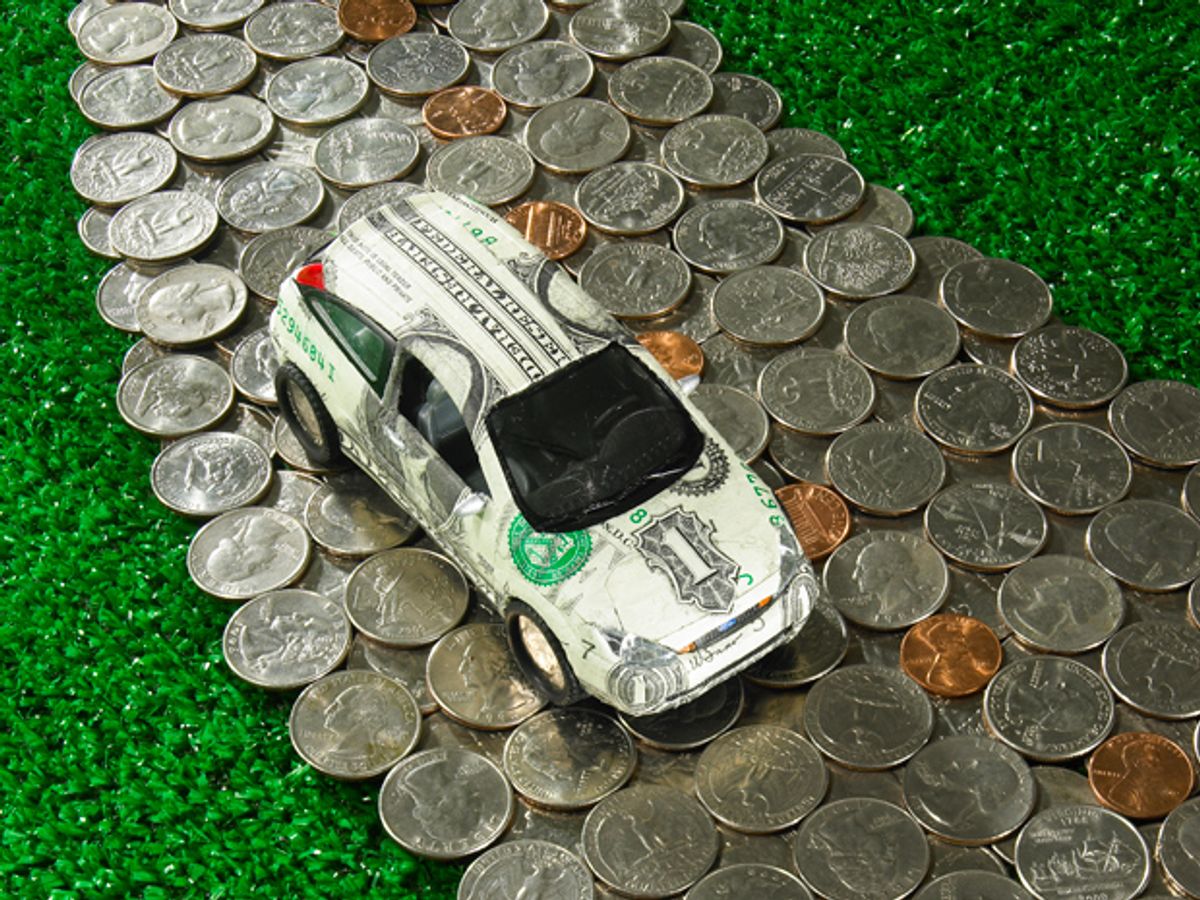The advantages of autonomous cars seem so obvious and revolutionary that we don’t need really need a report from a research company to tell us that there’s going to be a huge market in vehicle automation. Nevertheless, Lux Research has actually crunched the numbers and told us what kind of premiums we should expect to pay over the next few decades for autonomy.
Lux Research is predicting that advanced driver-assist systems (ADAS) will be a $102 billion opportunity by 2030. This is a lot; right now, the market opportunity for driver assist systems is a mere $2.4 billion. Lux splits driver assist into “basic” and “advanced,” which seems to refer more to the perception of the technology involved than the technical difficulty or achievablility.
“Basic” driver assist systems are things like parking assist, while “advanced” systems include adaptive cruise control, lane tracking, and such. Lux also breaks down the technology into things like connectivity and apps that can, for example, pay attention to you while you’re driving to make the experience better and safer without actually taking over at the wheel.
Lux predicts that the basic stuff will, predictably, take off first, likely because most car manufacturers and consumers are comfortable with it, the technology is well understood, it’s quickly getting less expensive to integrate, and (this is the really important bit) you don’t have to wait around for regulators to decide that it's okay.
The advanced stuff, starting with adaptive cruise and working all the way up to full autonomy, is going to take a bit longer. Lux says that by 2030, this’ll be a $73 billion market opportunity. But the firm says that, realistically, 2030 is too soon for full autonomy, “largely because of regulations and a current lack of prototypes.”
I don't know if I agree with that last statement. Fifteen years is a long time, and there are multiple functional prototypes on the road right now that reliably work. Getting prototypes into production is obviously a very difficult problem, but the technology is there, and as Telsa is about to show, existing sensors can already be combined to enable highway autonomy. Regulation is another matter entirely, but with autonomous cars able to drastically reduce all of the bad stuff about driving (accidents, traffic, time, pollution, and cost), our guess is that pressure from both consumers and manufacturers will see highway autonomy (at the very least) in less than a decade.
Autonomous cars are most likely the largest (potential) market for consumer robotics that currently exists. This makes it (potentially) very lucrative for manufacturers to spend a lot of money developing sophisticated sensors that are robust and reliable enough to operate for 100,000 kilometers but also small enough and cheap enough to be integrated into affordable cars. Eventually, this will results in a sort of trickle-down effect, as the automotive hardware becomes available for non-automotive robotics applications. And non-automotive robotics applications desperately need it.
Robots (cars included) have benefited immensely from electronics companies deciding (correctly or not) that all consumers really want mobile hardware like laptops and cellphones to get smaller, more energy efficient, and more powerful every year. This has nothing to do with robots, and more to do with fitting a computer onto your wrist that can play Candy Crush in 4k at 120 frames per second. Robots have been able to piggyback on of this, both indirectly and directly. But cheap processing power can only go so far: robots need sensors, usually lots of sensors, and that’s not something that Moore’s Law can always help out with. Hundreds or thousands of partially or fully autonomous cars, however, definitely can help.
The point here is that the autonomous car revolution, being driven in significant part by sensor advances, is going to get us a lot more than just a relaxing drive to work: Developing the technology needed to take advantage of this market could enable other robots that can make our lives easier in lots of other ways. We may be getting robot chauffeurs first, but robot butlers won’t be far behind.
Evan Ackerman is a senior editor at IEEE Spectrum. Since 2007, he has written over 6,000 articles on robotics and technology. He has a degree in Martian geology and is excellent at playing bagpipes.



